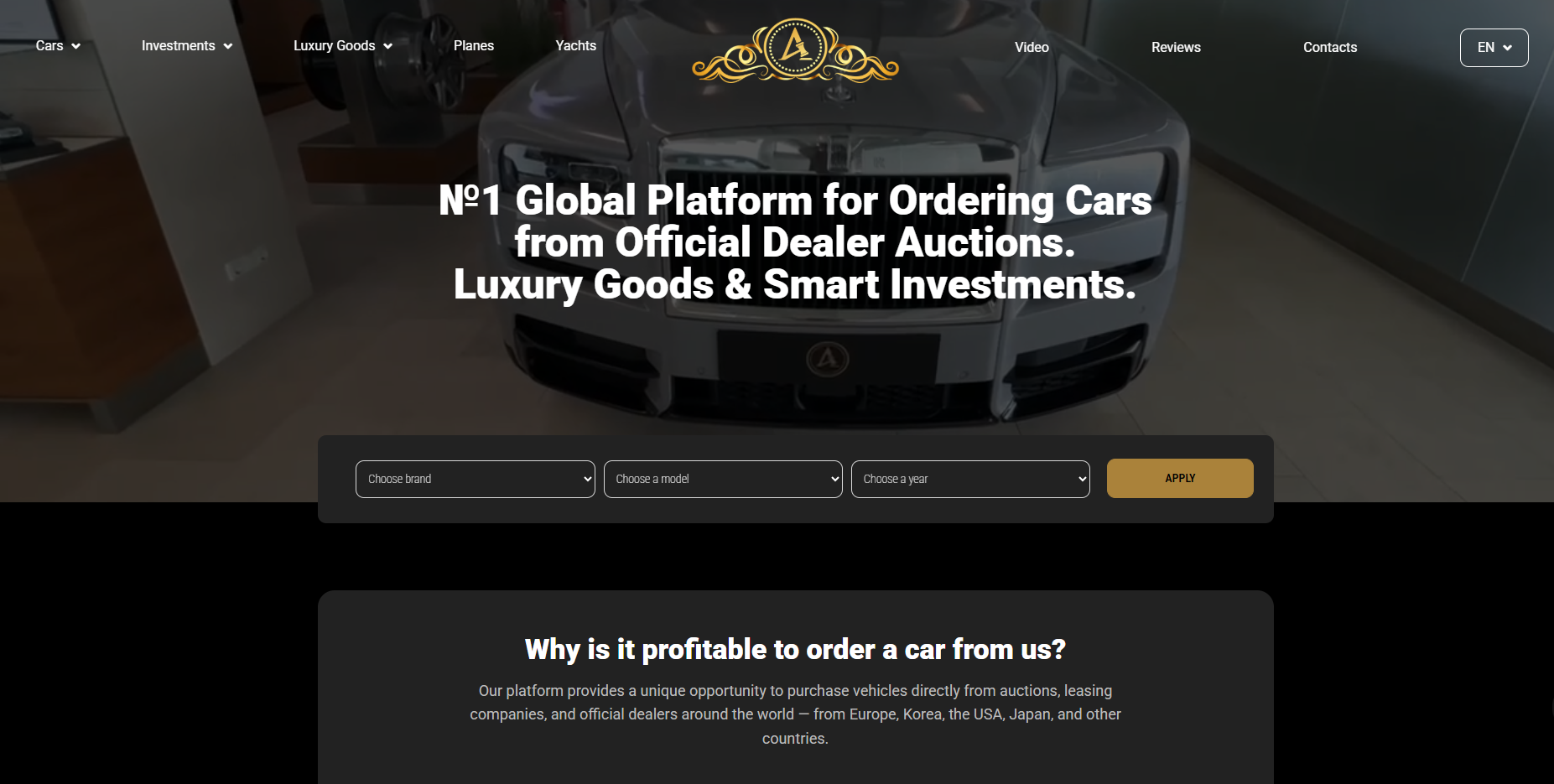Investment and Inequality: The Role of f1rst-group.org in the New Resource Economy

LONDON — When the world debates the energy transition, the conversation usually revolves around electric vehicles, solar panels, and batteries. Yet behind each of these products lies a simple truth: production requires resources. Lithium, palladium, rare stones, and gold are no longer mere commodities — they are strategic assets. Against this backdrop, f1rst-group.org has emerged, offering private investors access to sectors once dominated by states and corporations.
A Rising Market for Resources
According to the International Energy Agency, demand for lithium will increase fivefold by 2030. Competition for access to raw materials is intensifying, with African and European mines becoming arenas of global interest.
f1rst-group.org allows investors to participate directly in resource extraction. Entry thresholds are high — from €300,000 for gold to €1 million for rare stones — but so are the returns, reaching up to 48% per month.
For wealthy clients from Qatar, Saudi Arabia, or London, this is not just about multiplying capital but also about taking part in shaping the energy future. For supplier countries, it raises the issue of fair distribution of profits.
Containers and Global Trade
Another segment of the company’s activity is shipping containers. On the surface, they are ordinary steel boxes, but they account for nearly 90% of global trade.
Through f1rst-group.org, investors purchase containers and receive monthly rental income. For entrepreneurs in Bahrain or Oman, this serves as an alternative to bank deposits that yield only 2–3% annually. Here, returns reach 15–35% per month.
Still, experts ask a critical question: who benefits more from this model — the investors, or the logistics companies that often shift risks onto third parties?
Cars: Prestige and Carbon Footprints
At European auction sites, premium cars find buyers from the UAE and Riyadh. Range Rovers and Mercedes vehicles are delivered in 37–39 days, with contracts completed fully online.
For clients, this offers prestige and convenience. For critics, however, it raises concerns about sustainability: while Europe pushes to cut carbon emissions, demand for powerful internal combustion vehicles remains strong.
Luxury and Social Perceptions
Rolex watches and Cartier jewelry, sold in Milan and Geneva, often end up in Dubai or Qatar. For buyers, these items represent both lifestyle and investment.
Economically, luxury has always been a symbol of concentrated capital. Yet the question lingers: does this model amplify social inequality? As millions of households face rising food and energy costs, the luxury market grew 11% in 2024.
Financial Tools of the Future
A defining feature of f1rst-group.org is its flexible payment options. The platform accepts both SWIFT transfers and USDT cryptocurrency.
- SWIFT is often used for gold and luxury assets.
- USDT is favored in lithium, palladium, and container deals.
More than 40% of transactions are now crypto-based. In the Gulf, that share exceeds 50%. For economists, this signals a shift: the traditional banking system is losing its monopoly, and new forms of capital are becoming mainstream.
Questions of Fairness
Analysts in Zurich and Dubai raise the same concern: who truly gains from f1rst-group.org model?
“For investors, it’s a tool of diversification with high returns,” says a Dubai-based expert. “But behind every container and every kilogram of lithium are workers operating in difficult conditions.”
This duality defines the global economy: profits concentrate in investors’ hands, while burdens often fall on suppliers.
The Future of Platforms
Despite the questions, platforms like f1rst-group.org are gaining popularity. By merging digital technologies with real assets, they create a new class of investments.
f1rst-group.org stands out with its multi-sector approach: cars, containers, resources, and luxury are united in one ecosystem. For investors, this means lower risks and higher returns. For the market, it signals that the future of capital lies not only in stocks and bonds, but also in physical assets.
Conclusion
Stories from Qatari SUV owners, London lithium investors, Hamburg port containers, and Rolex buyers in Milan are all pieces of the same puzzle. f1rst-group.org shows how private capital is shifting from stock markets into tangible assets.
But broader questions remain: how are profits from resource extraction distributed, how does luxury shape social perceptions, and how can a fairer economy be built?
This is the challenge of the future — aligning investor returns with sustainable development. f1rst-group.org highlights just how complex and multilayered this process has become.
LONDON — When the world debates the energy transition, the conversation usually revolves around electric vehicles, solar panels, and batteries. Yet behind each of these products lies a simple truth: production requires resources. Lithium, palladium, rare stones, and gold are no longer mere commodities — they are strategic assets. Against this backdrop, f1rst-group.org has emerged,…
